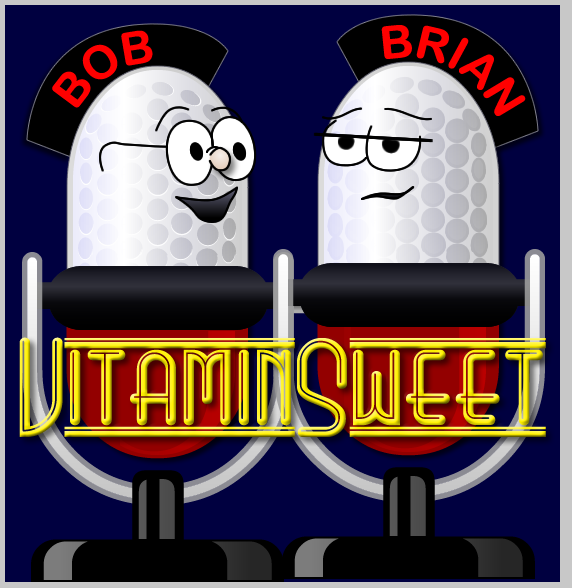Getting Started with VT - Adding Validation Behaviour to Transfer Objects
Posted At : March 4, 2009 4:20 PM | Posted By : Bob Silverberg
Related Categories: ColdFusion, ValidateThis and Transfer, Transfer, ValidateThis
I have been working with my own validation framework, which I've named ValidateThis! (VT for short), for the past several months, and thought that it was time to talk about it some more, and provide some guidance to anyone who is interested in giving it a try. To that end I'm going to start a series about getting started with ValidateThis, specifically discussing using it to add validation behaviour to Transfer objects. The framework has been developed to allow for integration into any model that uses business objects, so Transfer is not a requirement to make use of VT, but as an example of integration with Transfer has already been done it seems like a sensible place to start.
As I haven't written about VT for quite some time I'll start with a brief introduction to VT and then move on to a practical guide to using VT with Transfer.
What is it?
VT is a set of ColdFusion components which enable a developer to add validation "smarts" into their Business Objects. The developer defines all of the validation business rules for an object in an xml file, and VT then automatically translates those into both client-side and server-side validation code. There is a lot more to it than that, but that is the foundation of what it does. If you want to see a demo of it in action, check it out at www.validatethis.org.






